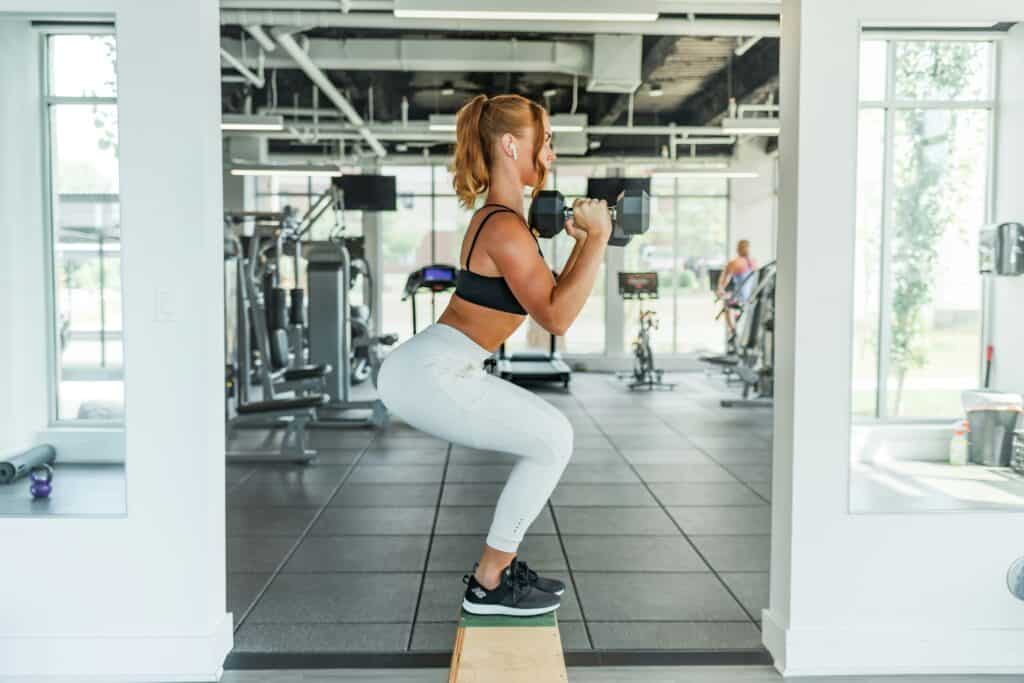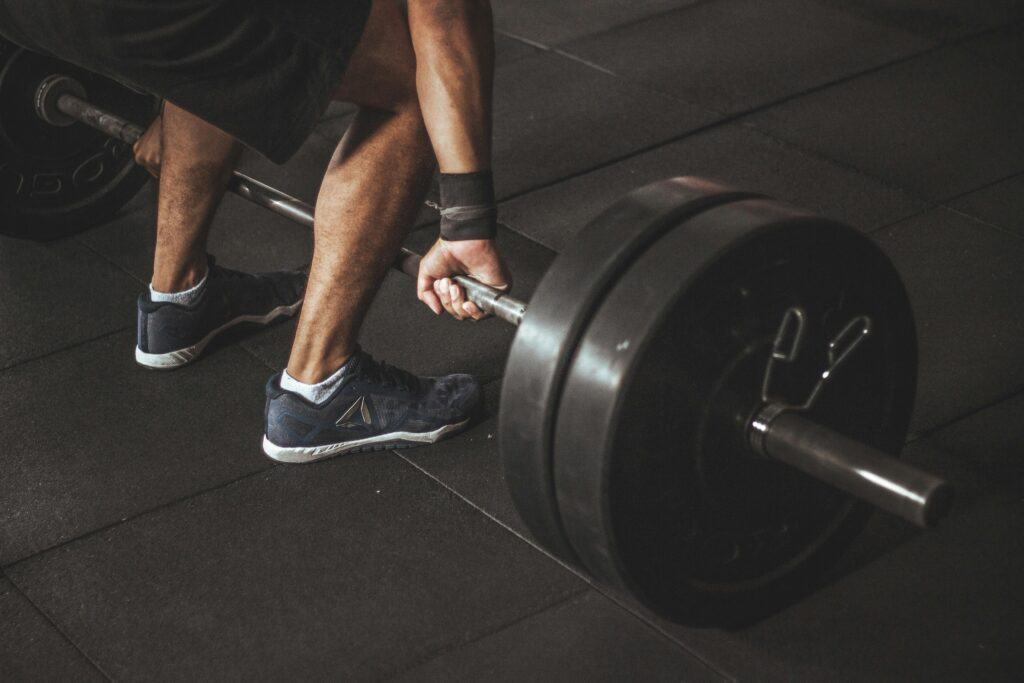The Vital Importance of Proper Form in Exercise: Preventing Injuries and Maximizing Results
In the world of fitness, the concept of proper form stands as an unyielding pillar guiding individuals towards their fitness goals. But why is it so essential? What does proper form entail, and how does it impact our workout routines? In this comprehensive exploration, we uncover the profound importance of maintaining proper form during exercise, elucidate its significance in injury prevention, and unveil its pivotal role in maximizing fitness outcomes.
The Foundation of Proper Form
Proper form in exercise refers to executing movements with precision and alignment, ensuring that the intended muscles are engaged optimally while minimizing strain on joints and ligaments. It encompasses a myriad of factors, including posture, alignment, range of motion, and muscle activation. At its core, proper form is about moving efficiently and effectively to achieve desired fitness outcomes while safeguarding against potential injuries.

Injury Prevention: The Foremost Concern
One of the foremost reasons for prioritizing proper form in exercise is injury prevention. Every year, countless individuals succumb to injuries resulting from poor form during workouts. Whether it’s a strained muscle, a sprained ligament, or a more severe injury, the repercussions of improper technique can be debilitating and may derail one’s fitness journey indefinitely.
Consider the example of a squat performed with improper form—leaning too far forward, knees collapsing inward, or rounding the lower back. Such deviations from proper technique increase the strain on the knees, lower back, and hips, elevating the risk of injury exponentially. Conversely, executing squats with proper form—maintaining a neutral spine, tracking knees over toes, and engaging core and glute muscles—distributes the workload evenly across muscle groups, reducing the likelihood of injury while maximizing effectiveness.
Maximizing Results: The Key to Unlocking Potential
Beyond injury prevention, proper form serves as the key to unlocking one’s full fitness potential. When exercises are performed with correct technique, muscles are targeted more effectively, resulting in greater muscle activation and growth. Take, for instance, the bicep curl—an iconic exercise for building arm strength and definition. Executing bicep curls with improper form—swinging the weights, arching the back, or using momentum to lift—diminishes the effectiveness of the exercise and places undue stress on surrounding joints.
Contrastingly, adhering to proper form during bicep curls—keeping elbows close to the body, controlling the weight through the full range of motion, and maintaining tension on the biceps throughout—optimizes muscle engagement and ensures that the targeted muscles bear the brunt of the workload. As a result, individuals can expect to see greater gains in strength, muscle size, and overall fitness when proper form is consistently maintained across their workouts.

The Road to Mastery: Examples of Proper Form
To illustrate the importance of proper form across various exercises, let’s examine a few key examples:
- Deadlift: Begin with feet shoulder-width apart, grasp the bar with an overhand grip, and hinge at the hips while keeping the spine neutral and shoulders back. Engage the core and glutes as you lift the barbell, ensuring it remains close to the body throughout the movement. Avoid rounding the back or locking out the knees at the top of the lift.
- Push-Up: Start in a plank position with hands slightly wider than shoulder-width apart and core engaged. Lower your body until your chest nearly touches the ground, keeping elbows close to your sides. Push back up to the starting position, maintaining a straight line from head to heels throughout the movement.
- Squat: Stand with feet shoulder-width apart, toes pointing slightly outward. Initiate the movement by pushing the hips back and bending the knees, keeping the chest up and spine neutral. Descend until thighs are parallel to the ground or slightly below, then drive through the heels to return to the starting position.
- Bicep Curls: Hold dumbbells at arm’s length, palms facing forward, and elbows close to your sides. Keeping your upper arms stationary, exhale as you curl the weights towards your shoulders, squeezing your biceps at the top. Lower the weights back down with control, maintaining tension on the muscles throughout.
Embracing the Journey: Cultivating Mind-Body Awareness
Beyond the physical benefits, prioritizing proper form fosters a deeper connection between mind and body. Conscious engagement with movement patterns cultivates mindfulness and body awareness, allowing individuals to tune into subtle cues and sensations during their workouts. This heightened awareness not only enhances the effectiveness of exercises but also empowers individuals to make informed adjustments to their form in real-time, optimizing their performance and reducing the risk of injury.
Consider the example of a yoga practitioner flowing through a sequence of poses with mindfulness and intention. Each movement is executed with precision and breath awareness, fostering a profound sense of presence and connection to the body. By maintaining proper alignment and listening to the body’s signals, practitioners can explore their physical limits safely while reaping the transformative benefits of the practice.
Overcoming Challenges: The Importance of Education and Adaptation
While the importance of proper form in exercise is undeniable, it’s essential to acknowledge that mastering correct technique is an ongoing journey fraught with challenges. For many individuals, factors such as muscle imbalances, mobility restrictions, and previous injuries may present obstacles to achieving ideal form. In such cases, education and adaptation are key.
Educating oneself about anatomy, biomechanics, and proper exercise technique empowers individuals to make informed decisions about their training and seek out resources to address specific challenges. Additionally, learning to adapt exercises to suit individual needs and limitations can help bridge the gap between where one is and where they aspire to be in their fitness journey.

Harnessing Technology: Tools for Form Optimization
In the digital age, technology has emerged as a valuable ally in the quest for proper form and injury prevention. From fitness apps and wearable devices to virtual coaching platforms, a plethora of tools are available to support individuals in their pursuit of optimal technique. These technologies offer real-time feedback, instructional videos, and personalized guidance, empowering users to refine their form and achieve their fitness goals with greater precision and efficacy.
The Holistic Approach: Integrating Proper Form into Lifestyle
As we navigate the complexities of modern life, it’s crucial to recognize that proper form extends beyond the confines of the gym or workout studio. Whether sitting at a desk, lifting groceries, or performing household chores, maintaining proper alignment and movement mechanics is essential for preserving musculoskeletal health and preventing chronic issues such as back pain and joint dysfunction.
By integrating the principles of proper form into our daily lives, we can cultivate a culture of movement literacy and self-care that transcends the boundaries of traditional exercise. Whether practicing mindful posture at work, incorporating dynamic stretching into our morning routine, or prioritizing ergonomic design in our living spaces, every small adjustment contributes to our overall well-being and vitality.

Consistency and Feedback: The Cornerstones of Progress
While understanding proper form is paramount, consistency and feedback are equally essential for progress. Consistently practicing correct technique ingrains proper movement patterns and reinforces muscle memory, leading to improved performance and reduced injury risk over time. Additionally, seeking feedback from our knowledgeable trainers or workout partners can provide invaluable insights into form discrepancies and areas for improvement.
Conclusion: Forming the Foundation for Success
In conclusion, proper form stands as the cornerstone of any effective exercise regimen. By prioritizing correct technique across various exercises, individuals can mitigate the risk of injury, maximize muscle engagement, and unlock their full fitness potential. Whether you’re a seasoned athlete or a novice gym-goer, remember that quality always trumps quantity in the realm of fitness, and proper form lays the groundwork for success. So, the next time you hit the gym, focus not only on the number of repetitions but also on the quality of your movements. Your body will thank you for it in the long run.
